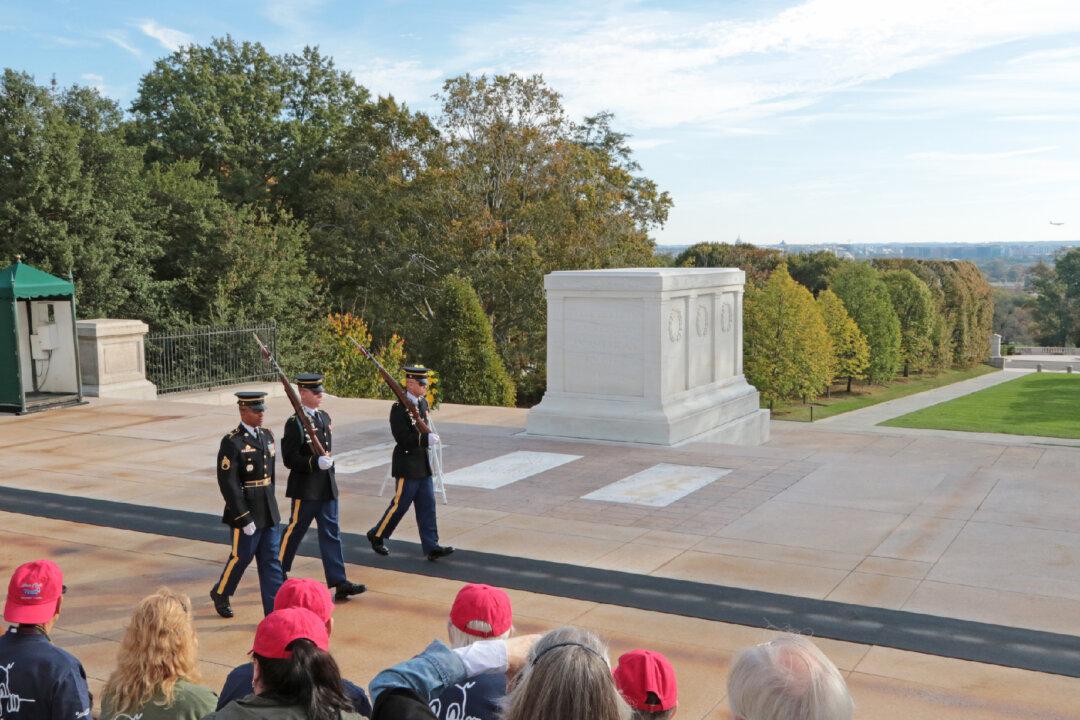Several groups of people stroll leisurely over rolling fields situated on a hilly peninsula that overlooks the San Diego Bay and Pacific Ocean. Some pause beneath the shade offered by the wind-shaped trees to enjoy the scenic setting and the view, which includes San Diego in the distance. While this would be a perfect spot to enjoy a picnic, rules prohibit that activity, along with biking, jogging and other recreational sports.
Instead, visitors to the site disperse throughout the grounds to participate in the primary reason they have come to this lovely spit of land. They stop to pay their respects and to honor some of the 112,000 military men and women who have been interred at Fort Rosencrans National Cemetery.





